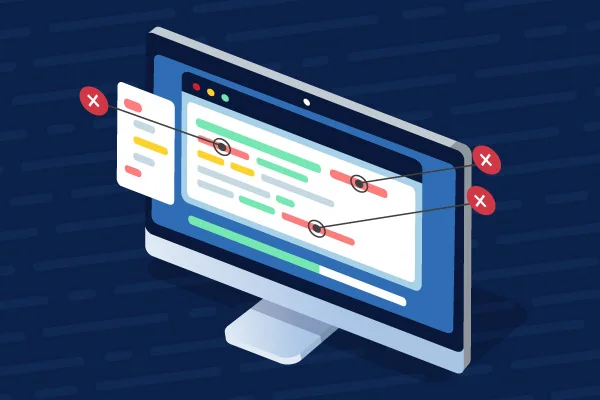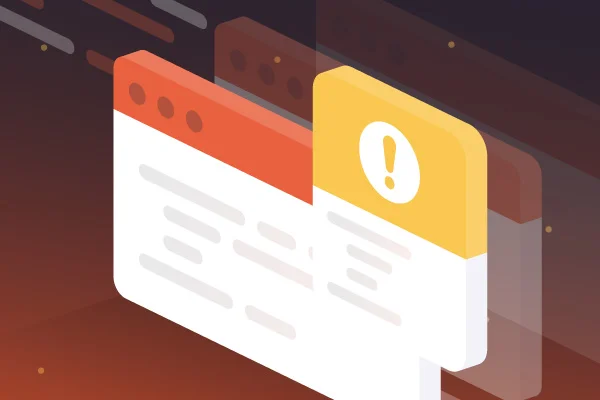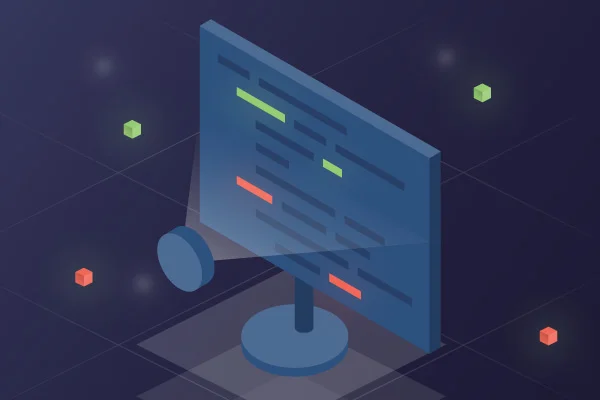Software quality can be divided into two categories: low quality, if it’s bad, or high quality, if it’s good. However, the distinction between the two is often subjective. As different teams may use different metrics and information in their own definition of software quality.
Consider this your guide to software quality and how to improve it.
Your Guide to Software Quality and How to Improve It
Read along or jump to the section on software quality and the best practices for how to improve software quality that interests you the most:
Software Quality: Code Quality
What Is Code Quality?
The quality of your code is important, as it impacts your overall software quality. If the quality of your code is bad, most likely your software quality will also be bad.
For that reason, it’s important to understand what impacts code quality and what you can do to improve software quality as a result.
How to Improve Software Quality
Code Quality Management Best Practices
Software quality is heavily dependent on the quality of your code. Learn how to efficiently measure and improve the quality of your code to help improve your software quality.
How to Improve Code Quality with Static Analysis
Improving code quality can be a challenging and time-consuming process. However, with the right tool — like a static code analyzer — that process becomes much easier.
What Is Software Integrity?
While there are several different definitions of software integrity, they can all be simplified to software quality. That is why by understanding how to measure and improve software integrity, you can improve software quality as well.
The 9 Coding Standards Best Practices for High Software Quality
High-quality code is code that is secure, reliable, and compliant. And, high-quality code means better software quality. Follow these nine coding standards best practices for high-quality software.
Software Quality: Cyclomatic Complexity
What You Need to Know About Cyclomatic Complexity
One of the most important metrics for software quality is cyclomatic complexity, which refers to how complex your code is. Learn more about how to measure and improve this critical software quality metric.
A Closer Look at Cyclomatic Complexity
Effectively managing the crucial software quality metric cyclomatic complexity can be a daunting and time-consuming process. However, by using the right software development tool — like a static code analyzer — that process becomes much easier.
Software Quality: Legacy Code
Best Practices for Working with Legacy Code
Legacy code is often a mix of high and low quality code, which means that the software quality is also varied. What’s more, improving the quality of legacy code is often a time-consuming task.
That is why it’s important to follow these best practices to improve legacy code and — as a result — software quality.
Software Quality Tools
What Are Lint Tools
Linting is an automated method to check your source code for errors. And, lint tools help to analyze your source code for errors. Lint tools can help address errors in your source code, you can improve software quality.
What Are Static Code Analysis Tools
Static code analyzers identify defects, vulnerabilities, and compliance issues in your source code. By using one, you can efficiently and effectively improve software quality.
Efficiently Improve Software Quality with Perforce
See for yourself how Perforce static code analyzers — Helix QAC and Klocwork — can help you efficiently improve software quality.


